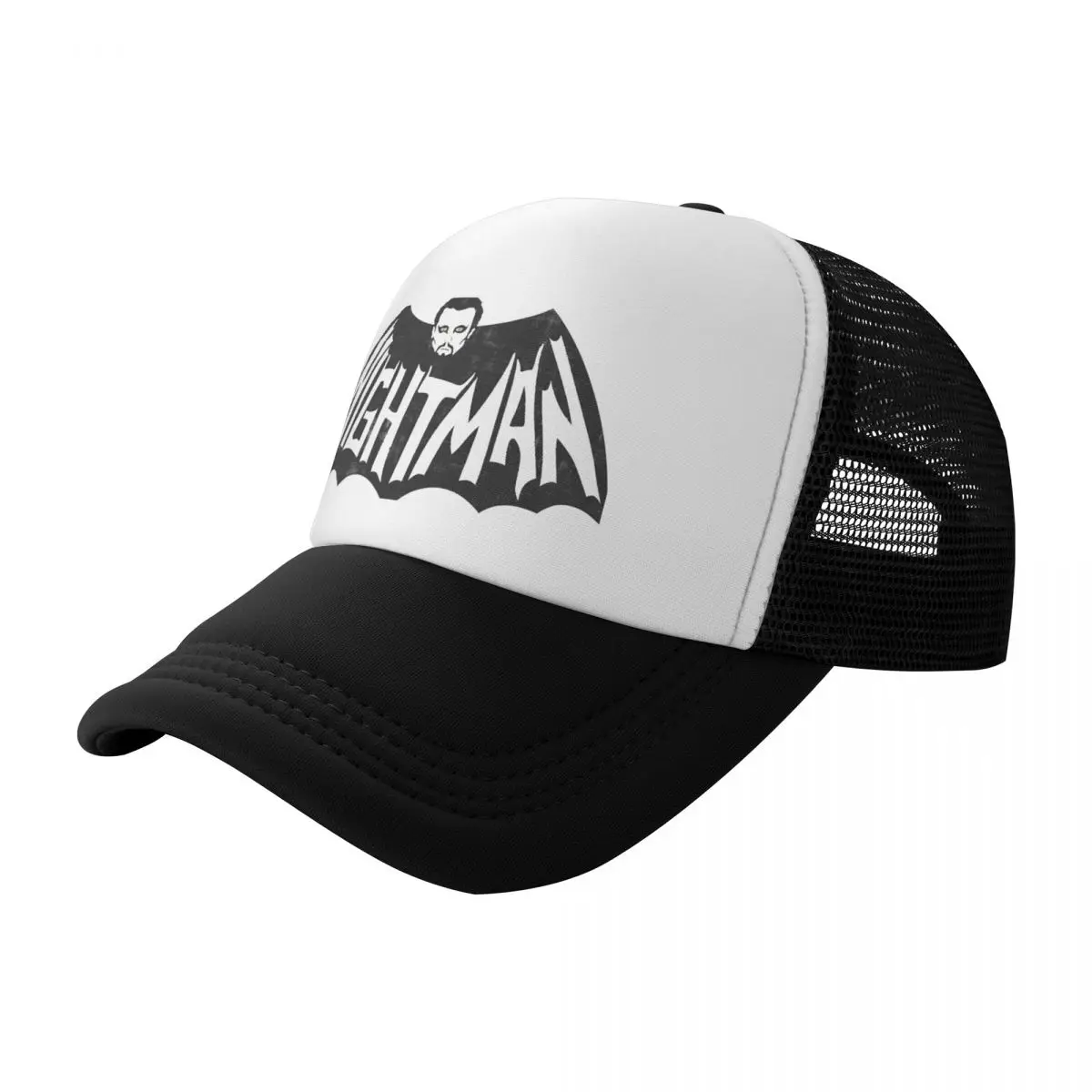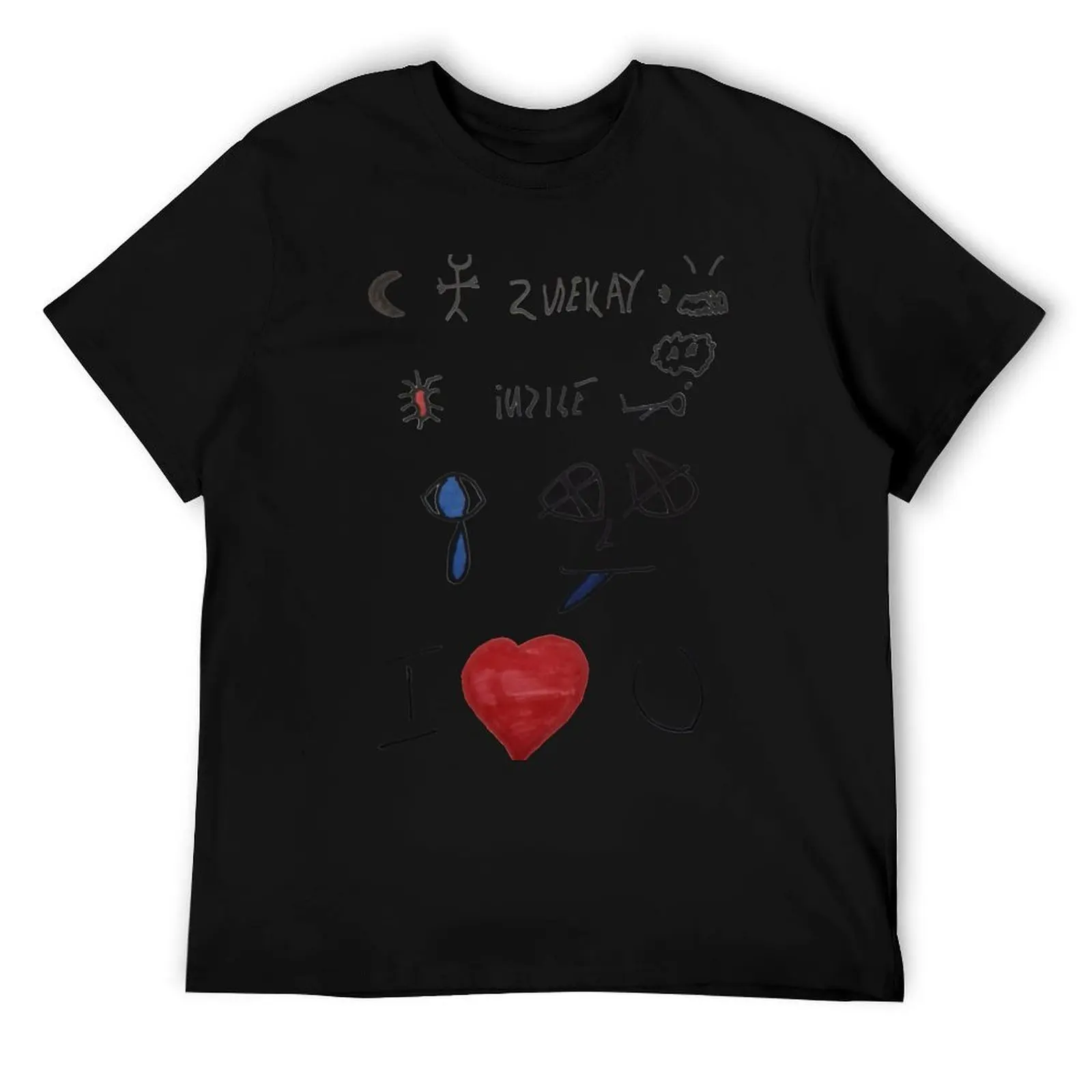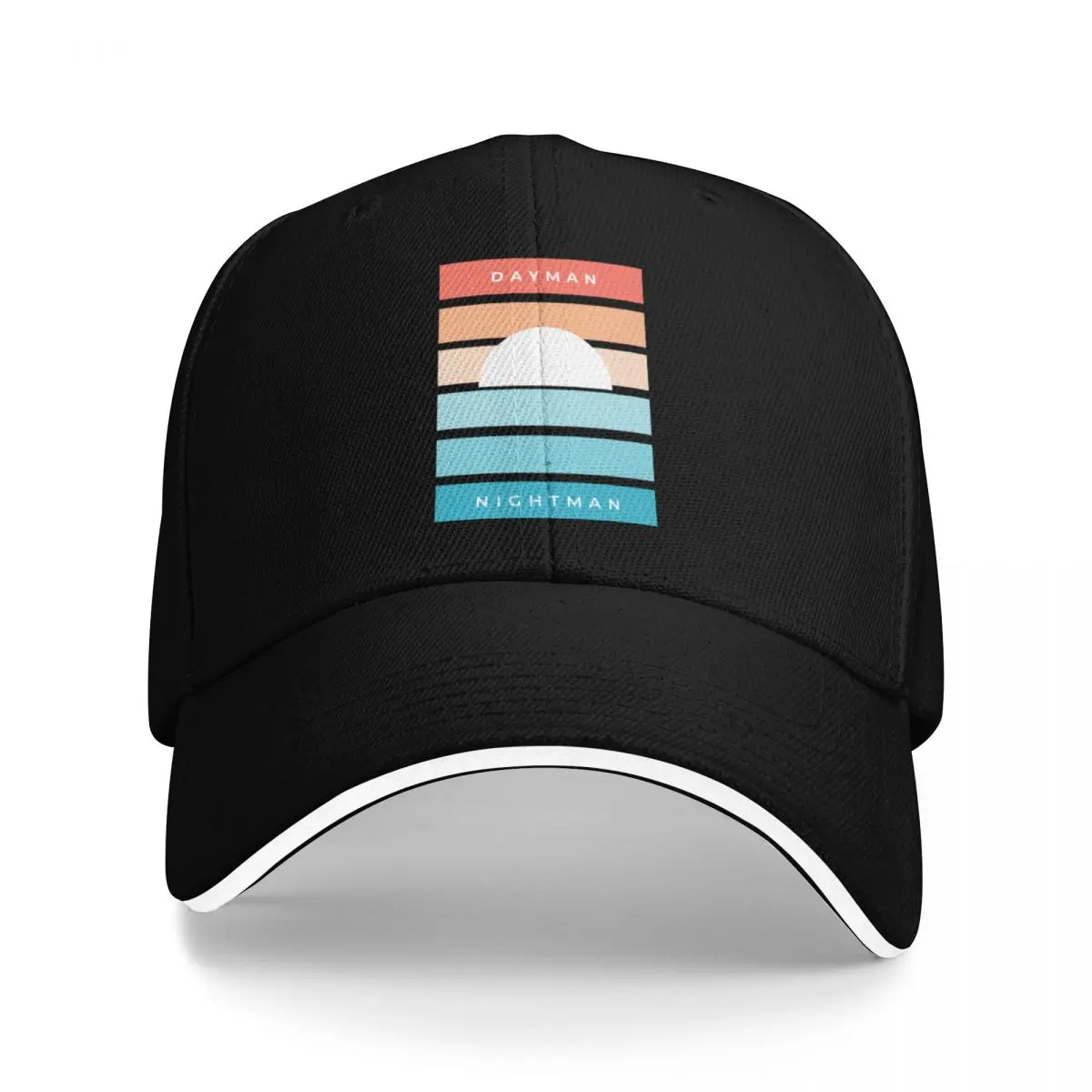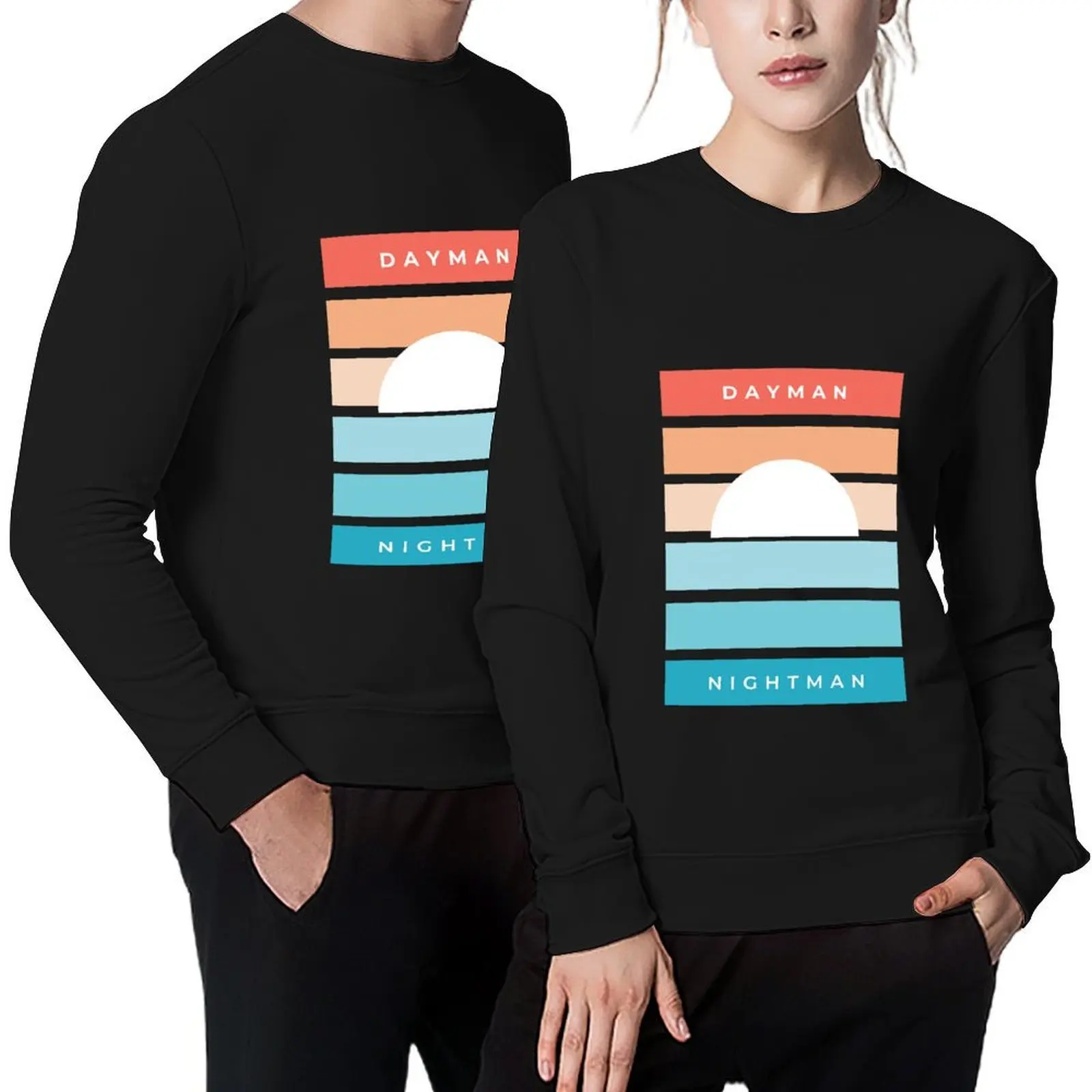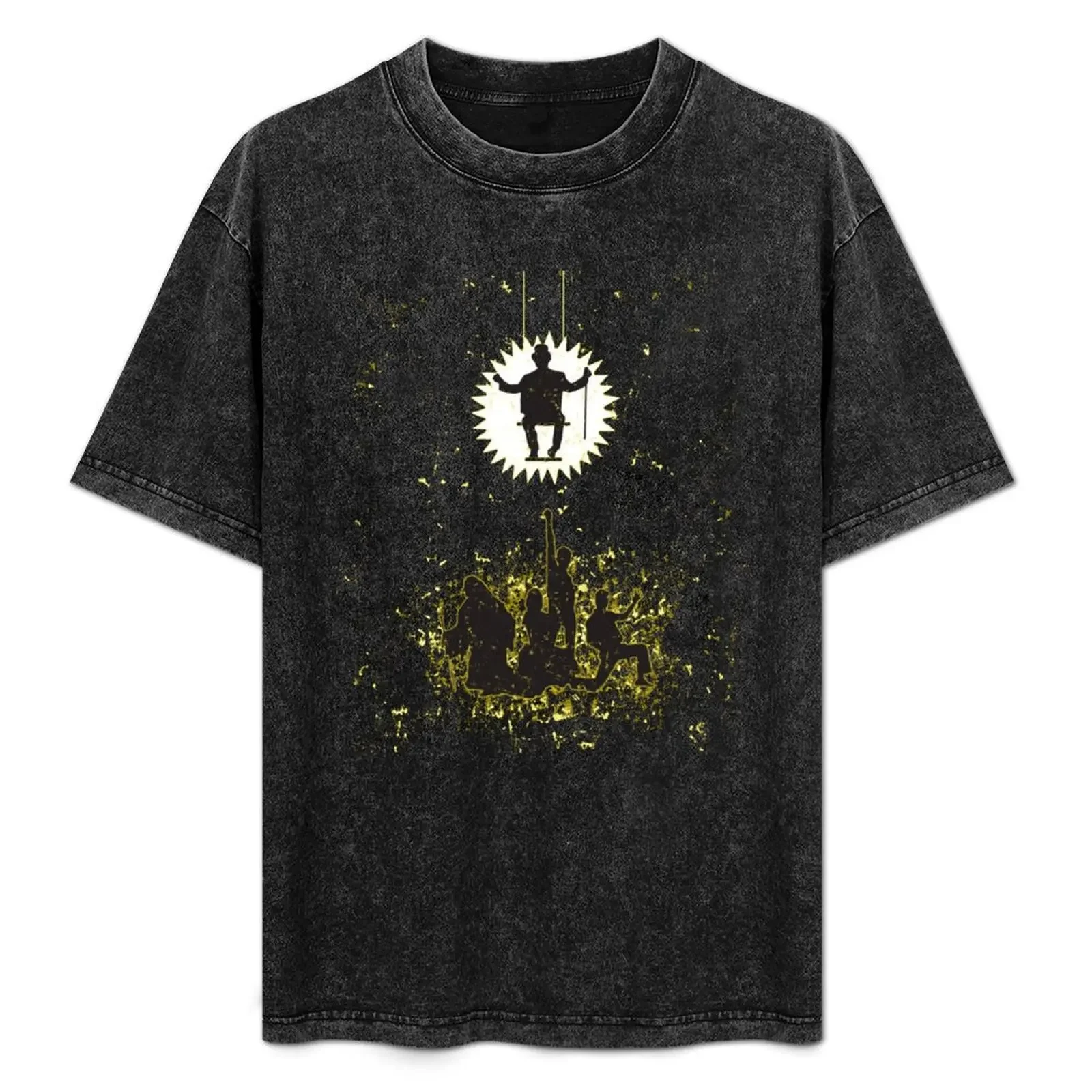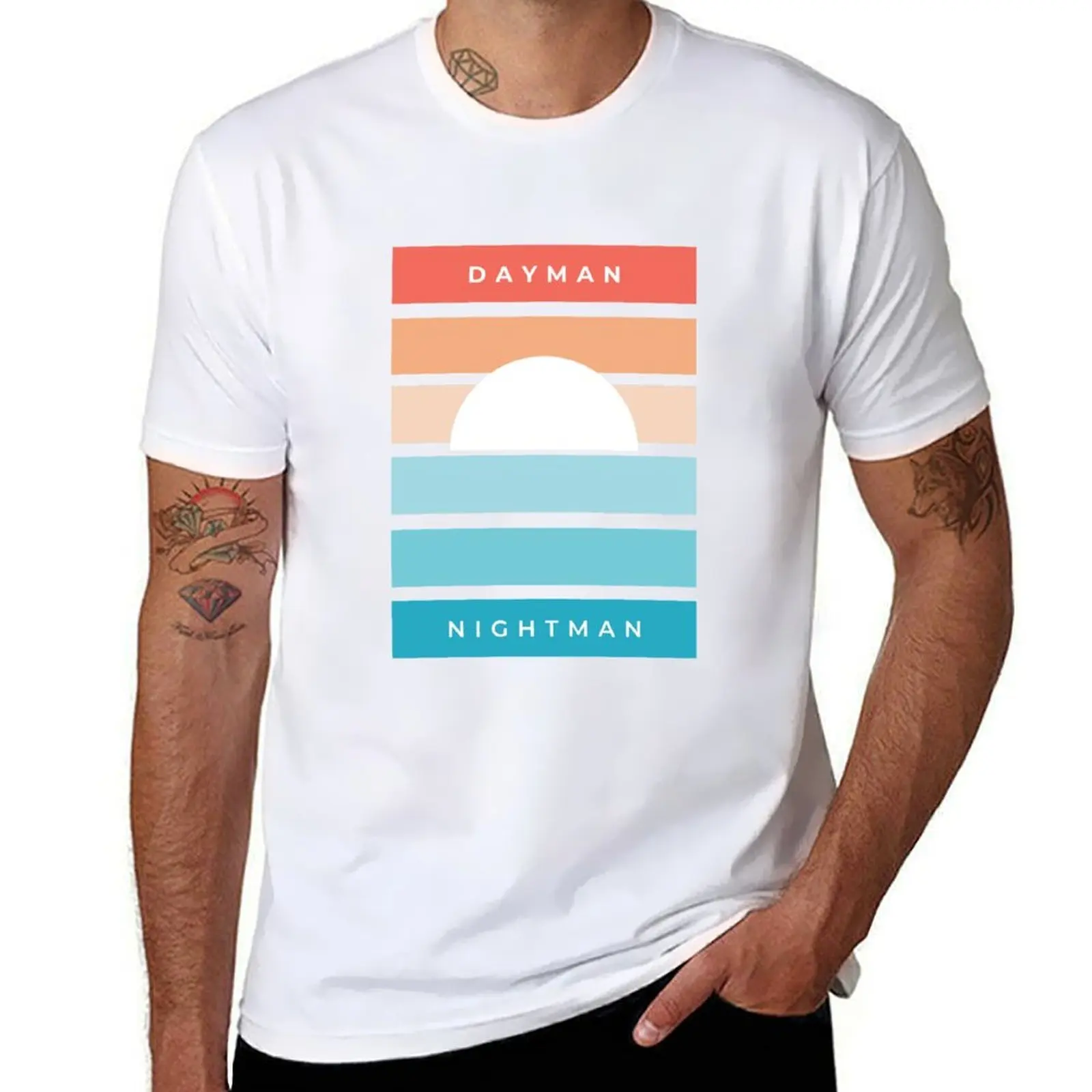Пластиковая стойка для зонта ведра коммерческая акриловая полка хранения зонтов дома гостиницы
- Категории: Umbrella Stands >>>
- Поставщик: Shenzhen,Colorful,Cloud,Acrylic,Products,Co.,Ltd.
Поделиться:
Описание и отзывы
Характеристики
Plastic Umbrella Rack Bucket Rack Home Hotel Lobby Commercial Arylic Umbrella Storage Shelf
Colorful Cloud Acrylic Products offers custom acrylic machining and fabricating for industrial applications. Our staff works with each client from initial inquiry through the delivery of the finished part to ensure that your part meets or exceed your application requirements.
We specialize in machining and fabricating acrylic, a lightweight, strong, shatter-proof thermoplastic. Acrylic’s properties include high machinability, good thermal properties for a broad range of temperatures, and the distortion-free light transmission. Commonly known as Lucite® and Plexiglass®, it is a cost-effective substitute for glass and heavier plastics.
| Material | Acrylic |
| MOQ | 100PCS |
| Color | Customized |



Colorful Cloud Welcome to Custom Creative Plastics' Online Catalog. Here you will find thousands of acrylic displays for counter top, wall mount, floor, and slat wall. We offer you a complete selection of acrylic stands for jewelry, sports memorabilia, slat wall shelves and bins, literature holders, cosmetic displays and much, much more.
Most of our Products are done in clear acrylic plastic. However, different types of plastics and colors are available on special request.
Although, we have attempted to offer you a wide variety of displays, please do not hesitate to contact us with your custom request. Our capable staff will be very happy to work with you on any idea you may have to create your own unique display.
Q1: What is Acrylic (PMMA), and What is it Used For?
Acrylic is a transparent thermoplastic homopolymer known more commonly by the trade name “plexiglass.” The material is similar to polycarbonate in that it is suitable for use as an impact resistant alternative to glass (particularly when the high impact strength of PC is not required). It was first produced in 1928 and was brought to market five years later by Rohm and Haas Company. It is generally considered one of the clearest plastics on the market. Some of the first applications were in WWII when it was used for submarine periscopes as well as airplane windows, turrets, and canopies. Airmen whose eyes were injured due to shards of broken acrylic fared much better than those affected by shards of shattered glass.
Acrylic in the modern era and in general is used for a variety of applications that typically take advantage of its natural transparency and the impact resistance of certain variants. Common uses include lenses, acrylic nails, paint, security barriers, medical devices, LCD screens, and furniture. Because of its clarity, it is also often used for windows, tanks, and enclosures around exhibits.

From Left to Right (Top to Bottom): Acrylic paint by Reeves, Acrylic Lens by Creative Mechanisms, Acrylic Nails, Acrylic Chairs by HStudio
Q2: What are the Characteristics of Acrylic (PMMA)?
Now that we know what it is used for, let’s examine some of the key properties of Acrylic. PMMA is classified as a “thermoplastic” (as opposed to “thermoset”), and the name has to do with the way the plastic responds to heat. Thermoplastic materials become liquid at their melting point (160 degrees Celsius in the case of Acrylic). A major useful attribute about thermoplastics is that they can be heated to their melting point, cooled, and reheated again without significant degradation. Instead of burning, thermoplastics like Acrylic liquefy, which allows them to be easily injection molded and then subsequently recycled.
By contrast, thermoset plastics can only be heated once (typically during the injection molding process). The first heating causes thermoset materials to set (similar to a 2-part epoxy) resulting in a chemical change that cannot be reversed. If you tried to heat a thermoset plastic to a high temperature a second time it would simply burn. This characteristic makes thermoset materials poor candidates for recycling.
Q3: Why is Acrylic used so often?
Acrylic is an incredibly useful plastic for applications requiring transparency where high impact resistance is not an issue. Acrylic is very scratch resistant compared to other clear plastics. It is a lighter alternative to glass and an economic substitute for polycarbonate in applications where strength is not a crucial factor. It can be cut into extremely fine shapes using laser cutting technology because the material vaporizes upon impact with the concentrated laser energy. Because of its brittle failure and relatively low strength, we don’t often use Acrylic. Instead, we prefer to use PC or PETG. PC and PETG might not be as clear as Acrylic, but they are usually “clear enough”. If optical clarity is of extreme importance, than we will use Acrylic. We have machined Acrylic on the CNC, and also made hand-formed pieces. Usually after machining, the parts need to be polished to remove the tool marks and restore the optical clarity. A few examples include the following:
Fish Tank/Photo Frame/Display Stand/Vase/Box/Cabinet/Pet Case/Signboard/Calendar
Q4: Can We Have Our Logo or Company Information on Your Products or Package?
Sure. Your Logo can show on the products by Printing, UV Varnishing, Hot Stamping, Embossing, Debossing, Silk-screen Printing or Sticker.
Q5:What is your terms of delivery?
We accept EXW, FOB, CFR, CIF, DDU, DDP, etc. You can choose the one which is the most convenient or cost effective for you.

















